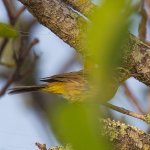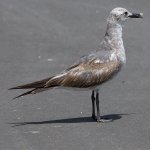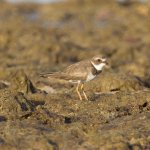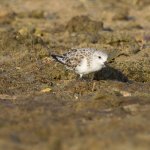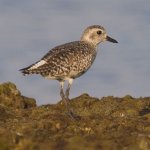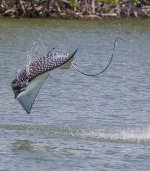Aladdin
Well-known member

Dear Members and bird watchers!
I am in North America to look for birds. I bought National Geographic Field Guide to the Birds of North America, a great book.
They list two crows for Florida, American and fish Crow, and the look the same. Different size. Is it possible to say what kind of crow it is I have attached to the post?
The sound recording is the crow in picture #1
Kind regards and happy birding
Aladdin
I am in North America to look for birds. I bought National Geographic Field Guide to the Birds of North America, a great book.
They list two crows for Florida, American and fish Crow, and the look the same. Different size. Is it possible to say what kind of crow it is I have attached to the post?
The sound recording is the crow in picture #1
Kind regards and happy birding
Aladdin










